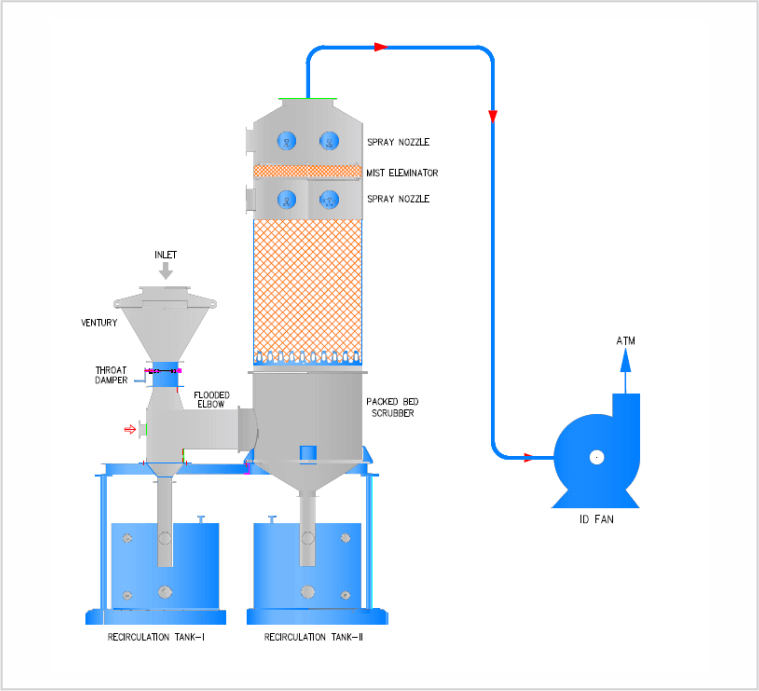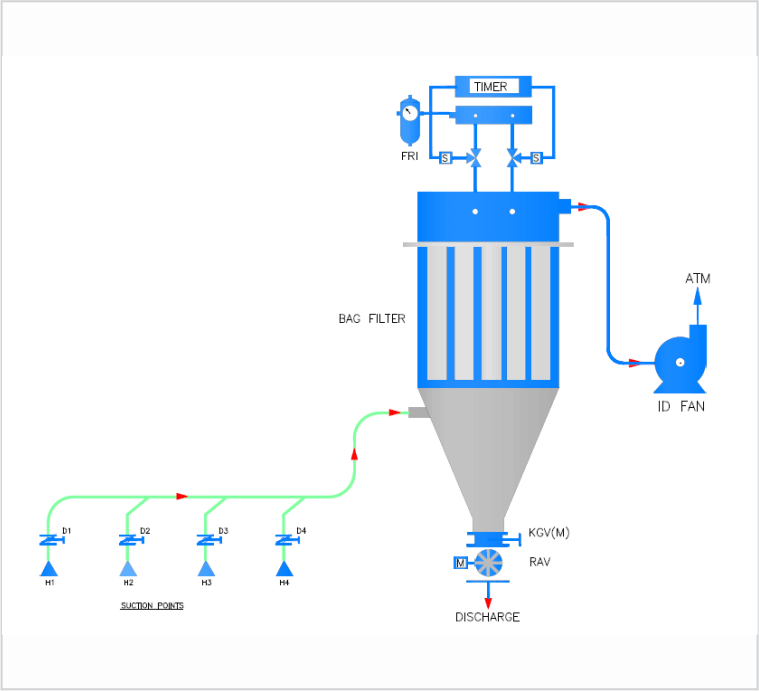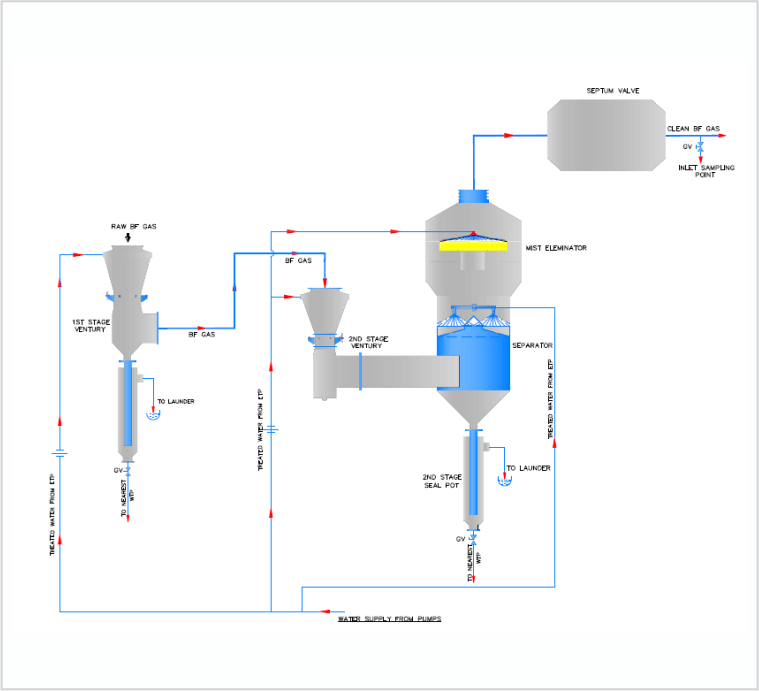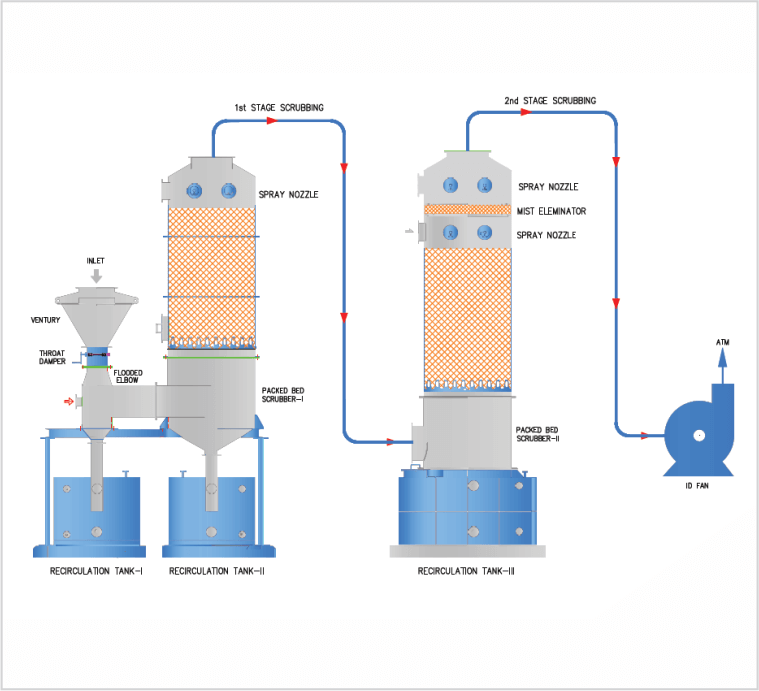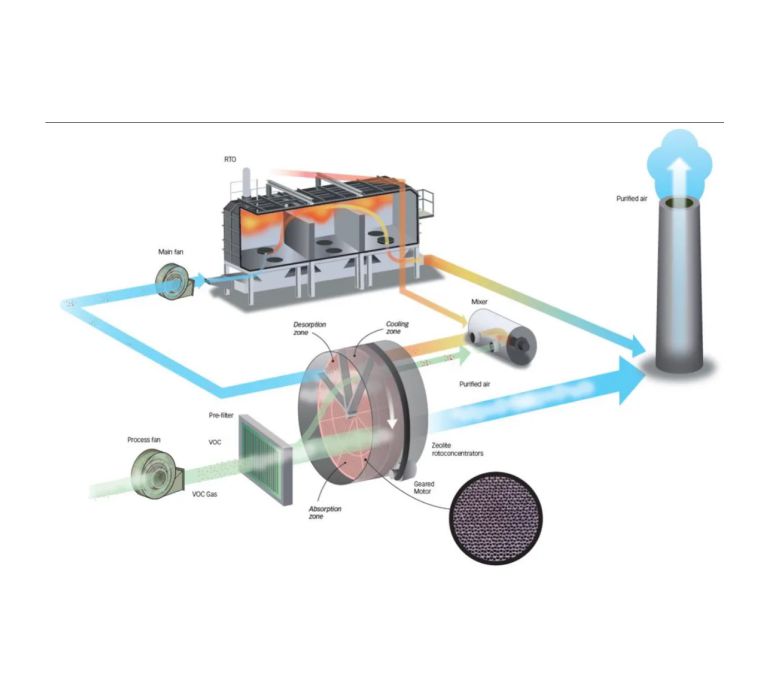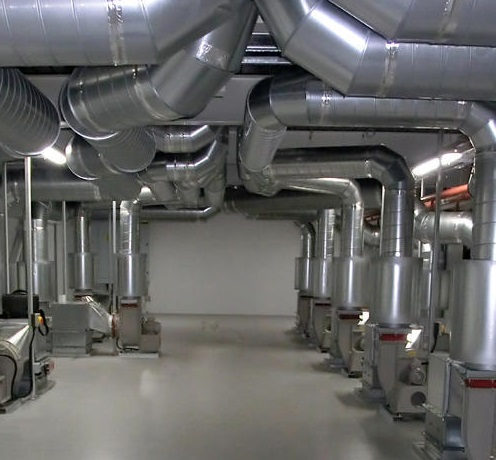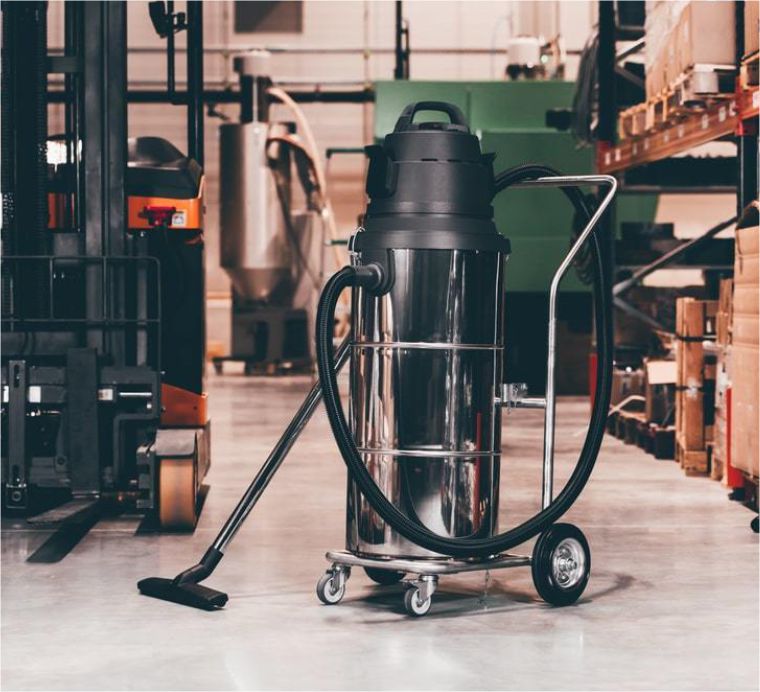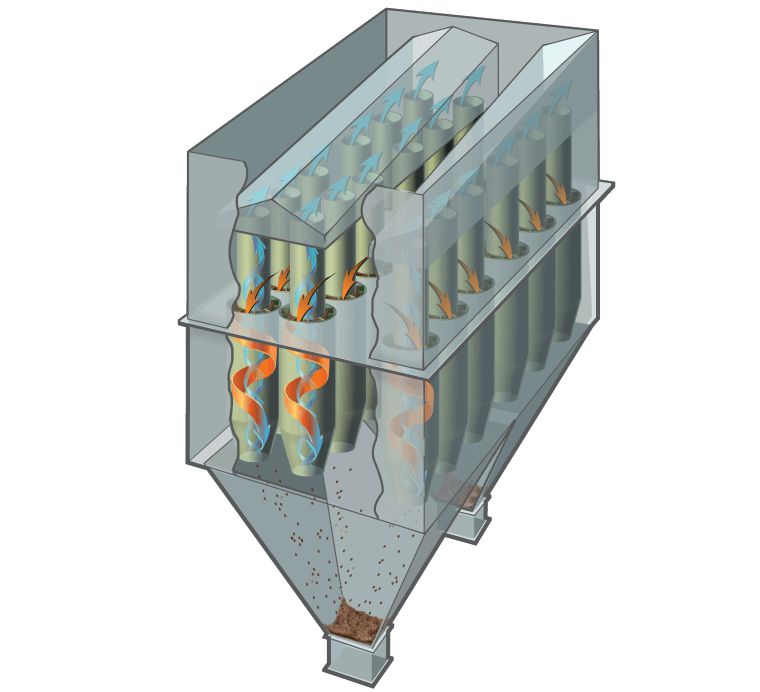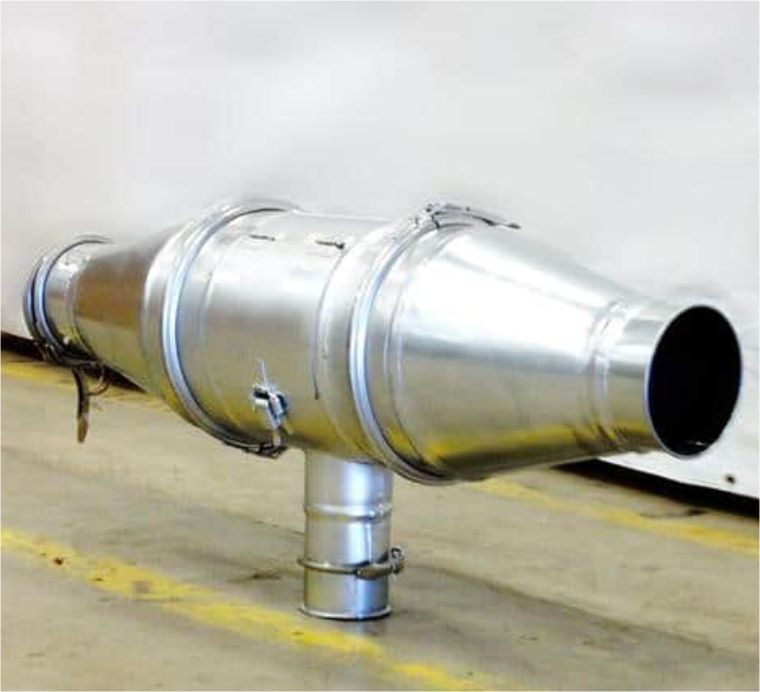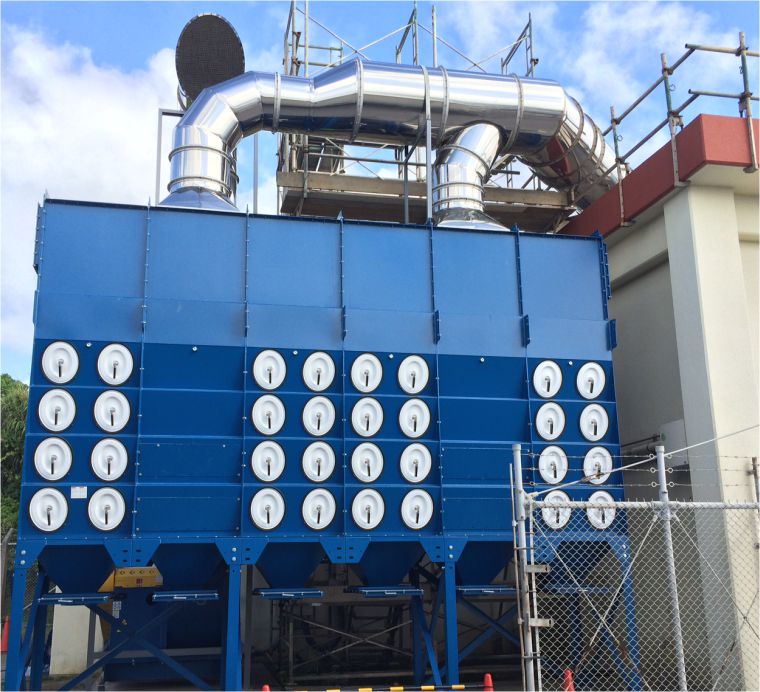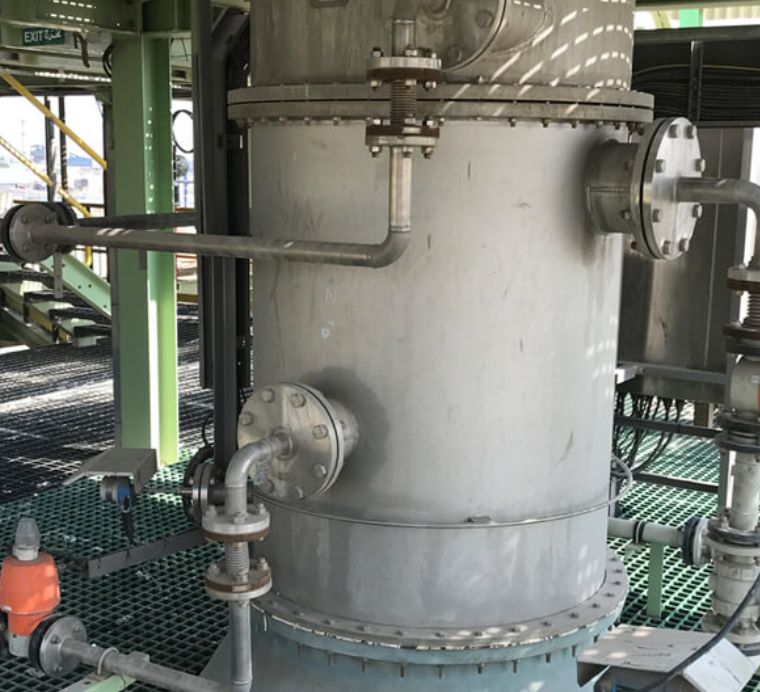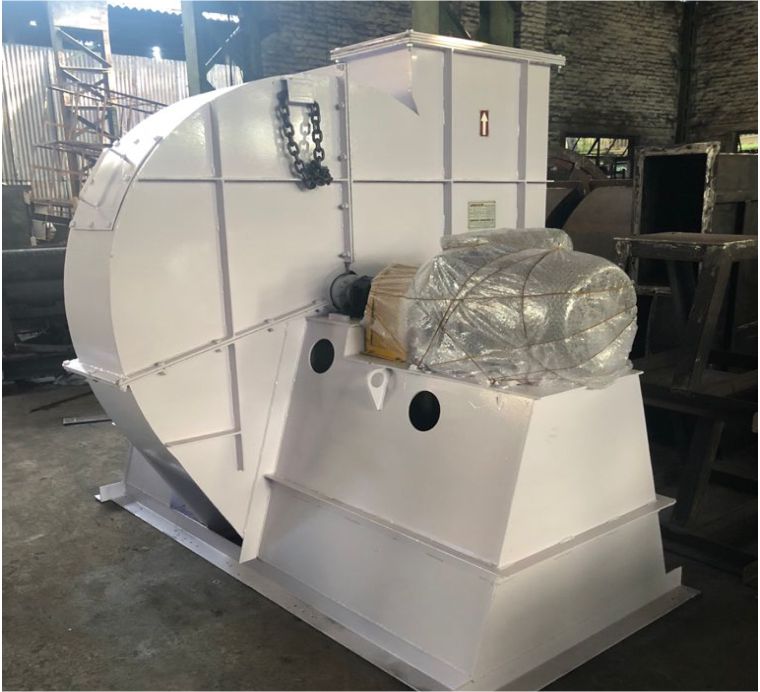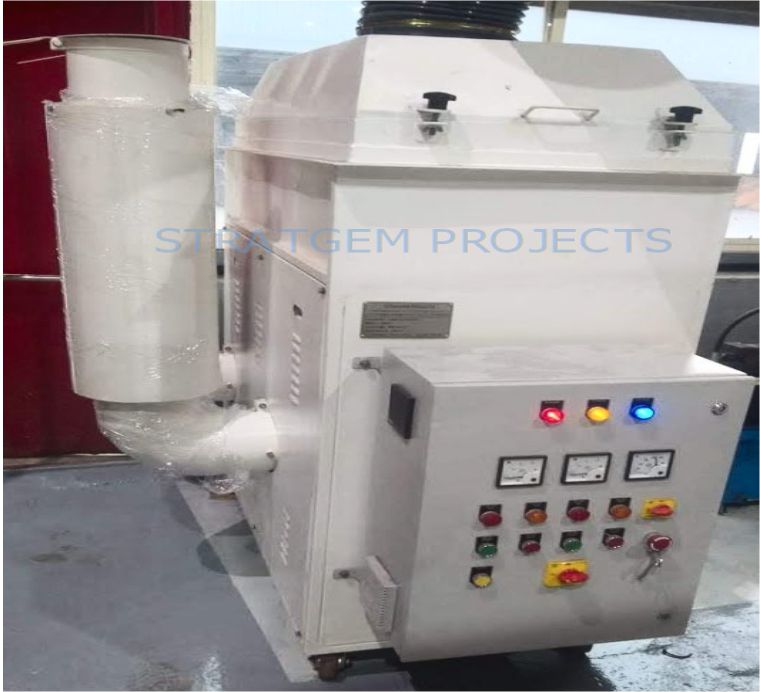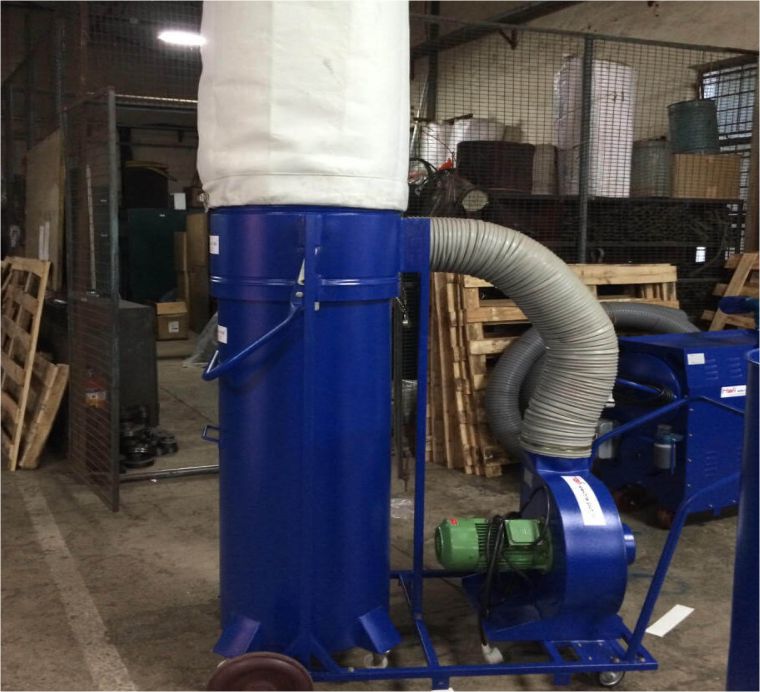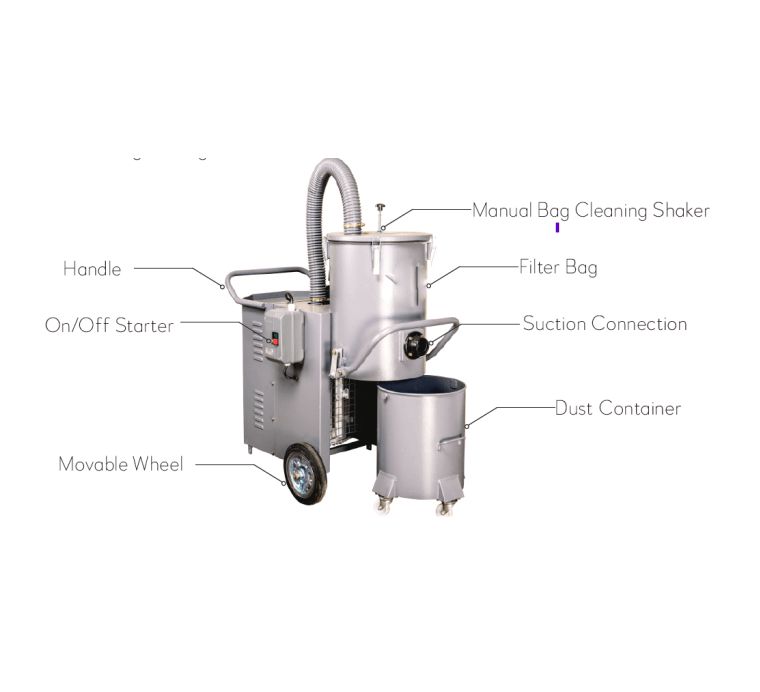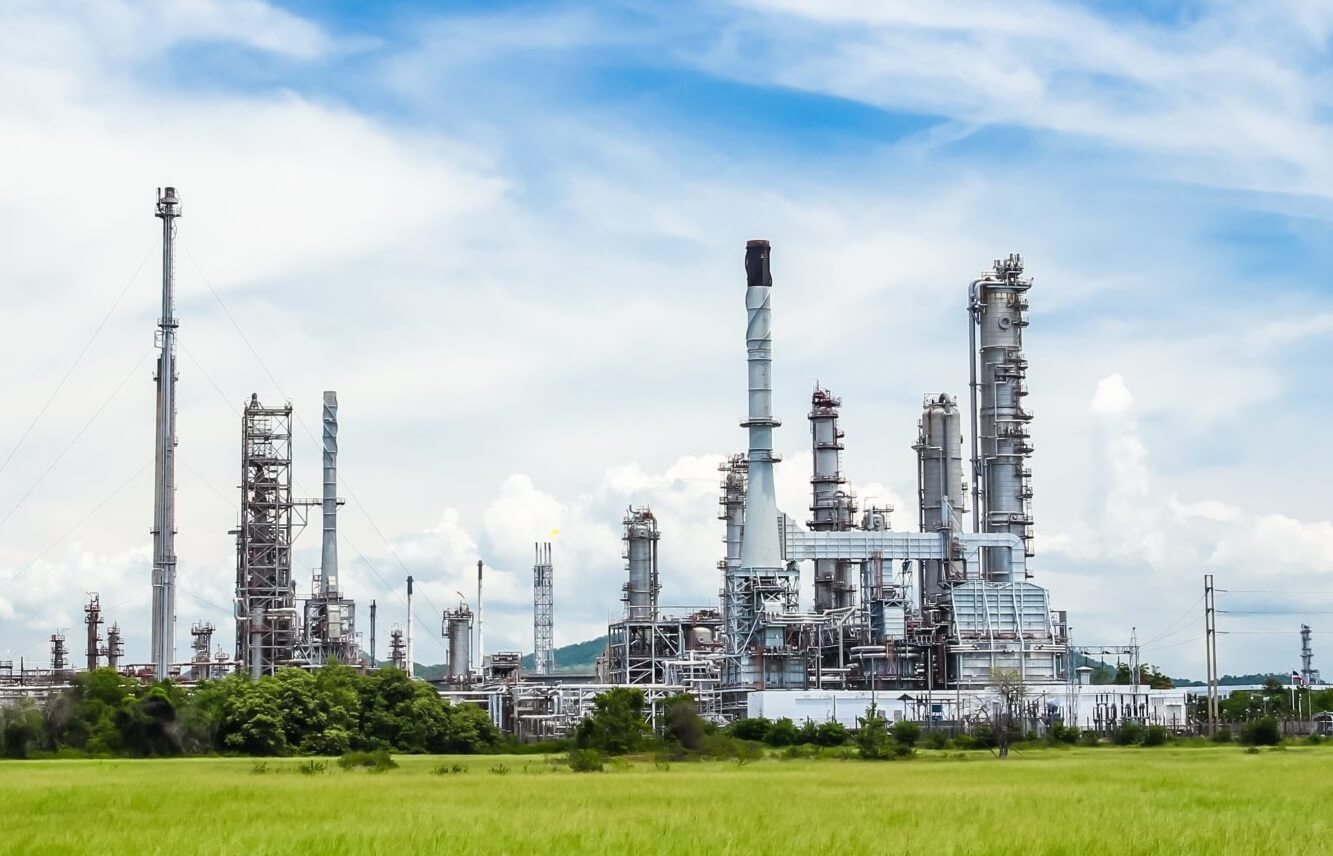
StratGem, Helping Industries To Be Cleaner and Safer !
Air Pollution is any substance in the air that can cause harm to humans and the environment. Pollutants can be in the various form like solid particles, suspended particulate matter, liquid droplets, or gases. Pollutants can be classified as primary or secondary.
Primary pollutants are directly emitted from a process, such as dust particles in the air during the material handling process, the carbon monoxide gas from a motor vehicle exhaust or sulfur dioxide released from factories. Secondary pollutants are not emitted directly. Rather, they form in the air when primary pollutants react or interact. An important example of a secondary pollutant is ground level ozone.
- Gaseous pollutants are compounds that exist as a gas at normal conditions.
- Solid particulates can be evolved through combustion or through common processing operations such as grinding, roasting, drying, coating, forming or metalizing.
- Aerosols are finely divided solid and liquid particles that are typically under 0.5 microns in diameter.
Air pollution control systems can be very specific relative to their treatment capability, broad based and can effectively treat a wide range of compounds. It is broken into two functional categories, Particulate Matter Control and Gaseous (Waste gas) Pollutant Control.


